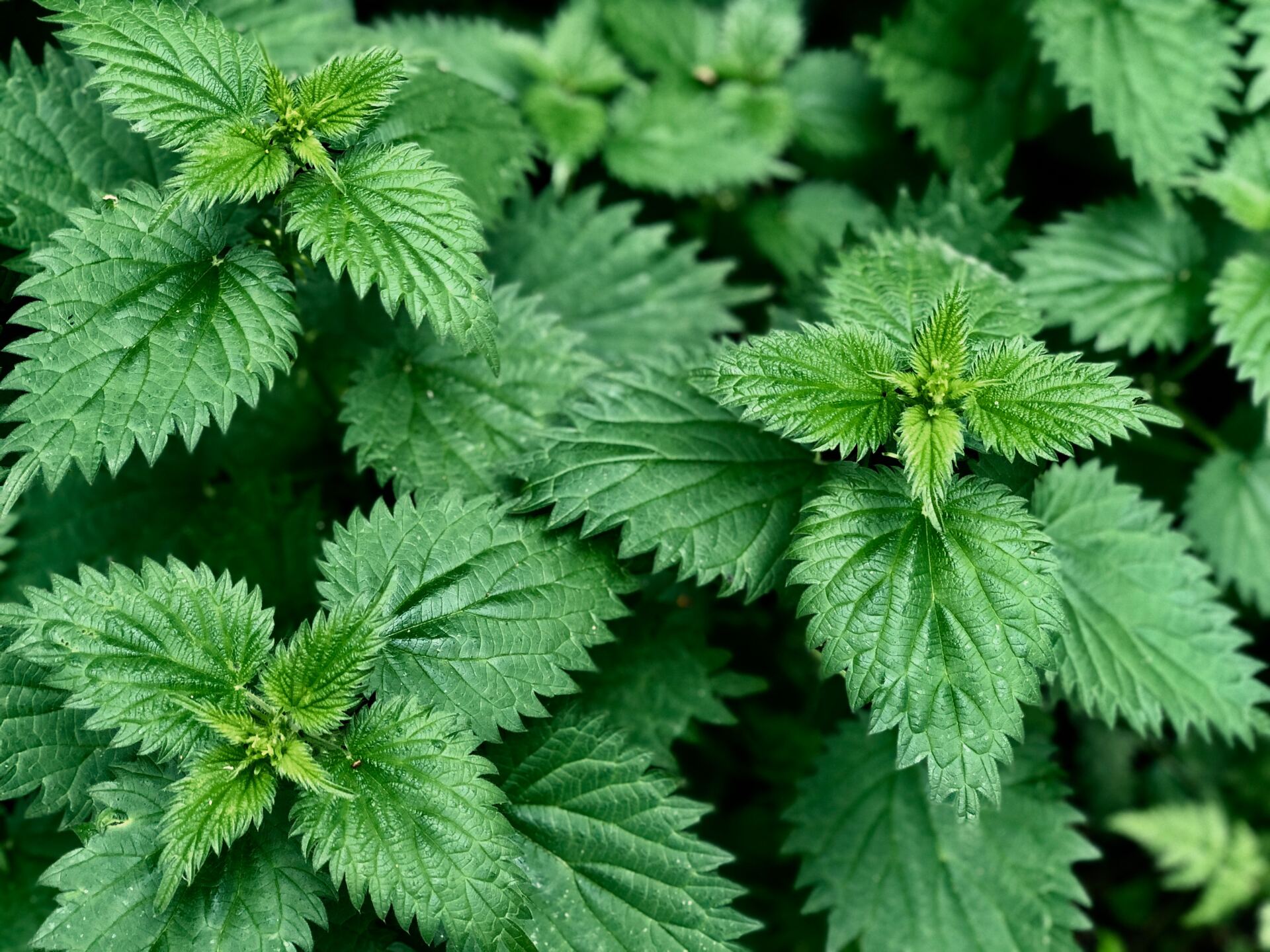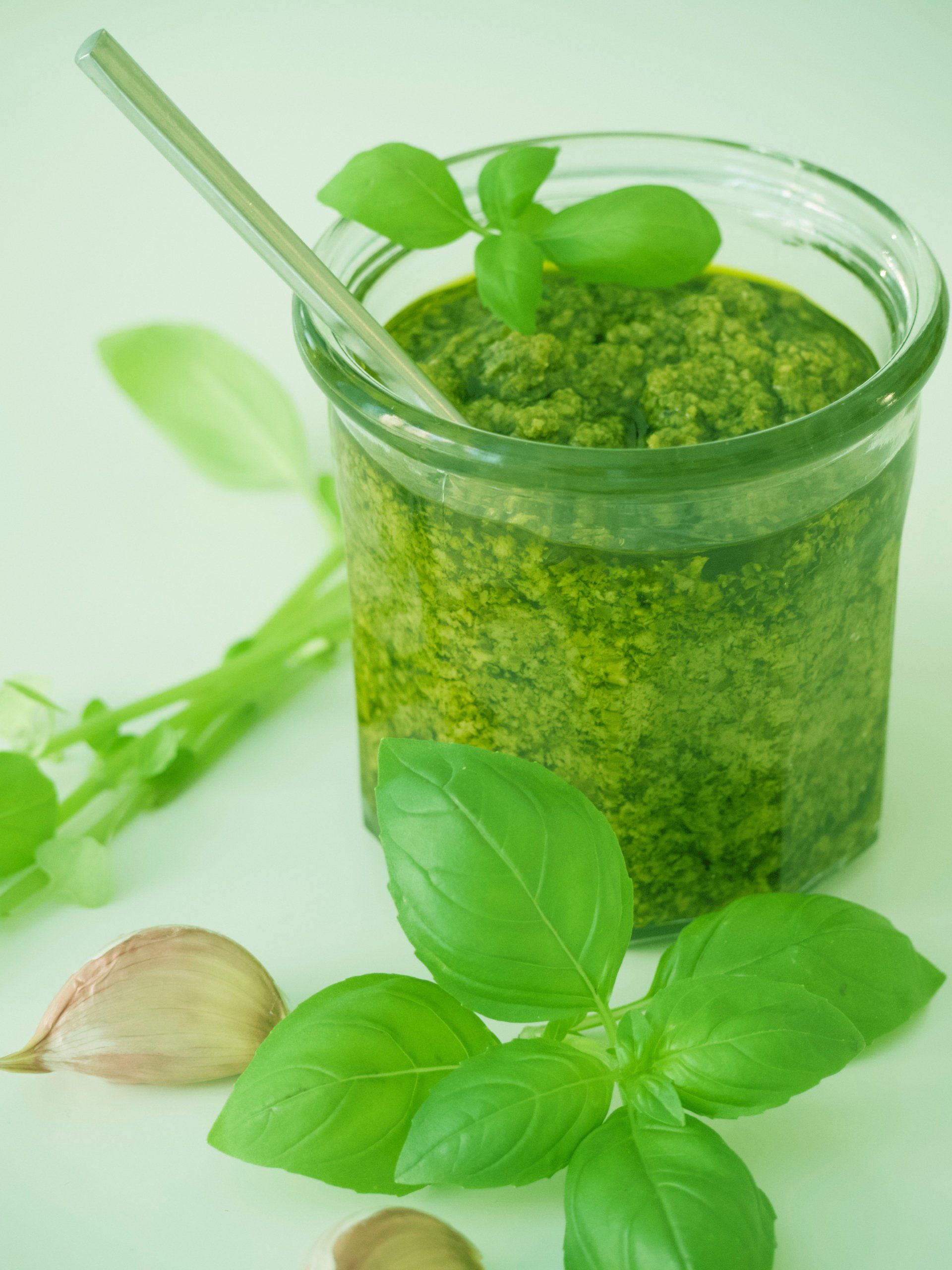Nettles! The Prickly Harbingers of Spring
March has arrived, and with it, one of my favorite Pacific Northwest native herbs: stinging nettles (Urtica dioica). Many people have only experienced nettles by brushing against them in wooded areas and then finding themselves with a tingling rash. Please allow me to properly reintroduce you to this wonderful plant!
Around the last week of February through early March, nettles begin emerging from the ground. You will rarely see a single plant growing alone. The shoots that appear at this time have sprung from a main root and a network of intertwined roots. This results in a nettles patch. Once you can appreciate them as a food, a medicinal herb, and a sign that warmer days are upon us, you will feel much joy in discovering a new patch.

The nutritional profile of nettles is impressive. A 3.5 oz serving contains 37% of the recommended daily allowance for calcium and 25% of fiber. Nettles are a surprisingly rich source of protein. In addition to calcium, they contain a host of other minerals, lutein, and vitamins A, C and K.
For Native Americans, the greens were traditionally a welcome boost of fresh chlorophyll and nutrients after long winter months spent consuming mostly dried and preserved foods. Nettles can be used anywhere you would use spinach in a recipe, and they make excellent soups and pesto. The trick is to quickly blanch them in boiling water first. This releases the formic acid and histamine that would otherwise cause the tiny hairs that line the plant to sting.
The dried leaves of nettles make a pleasant, green-mineral flavored drink and retain all of their nutritive properties when prepared as tea. They can be used alone or as a complement to other herbs in formulations. One interesting use of locally gathered nettles is for relief of nasal allergies. It is thought that its histamine and betaine content have a tonic action. Additionally, the leaves are exposed to local pollens, and when trace amounts of those pollens are ingested, it can have a mild homeopathic effect and help tame the body’s reaction when pollen is inhaled.
The root of the nettle plant is used in Germany as treatment for early stage benign prostatic hyperplasia (BPH). Interest has been renewed in the U.S. in the plant’s potential as medicine and research continues.
I wish you happy woodland wanderings. Have a wonderful Spring, and respect the sting!

Sauteed Stinging Nettles
Ingredients:
- about 10 oz fresh stinging nettles
- 2 Tbl olive oil, divided
- ¼ cup red onion or shallot, thinly sliced
- chili flakes to taste
- sea salt to taste
- 3 lemon wedges
Directions:
- In a large frying pan over medium high, place 1 tablespoon of olive oil and red onion. Saute until lightly caramelized. Remove pan from heat and set aside.
- Bring a large pot of water (3-quart capacity or more) to boil over high heat. In a large mixing bowl, place a tray of ice cubes and cold water. Using tongs, blanch nettles by placing them in boiling water for a few seconds until wilted, then immediately place them in ice water for a few seconds. Let blanched nettles drain in colander for a few minutes. Rough chop nettles into bite-sized sections.
- Return frying pan with red onions to medium heat. Add 1 tablespoon olive oil and nettles. Saute about 2-3 minutes.
- Remove from heat and sprinkle with chili flakes and sea salt to taste.
- Serve immediately with lemon wedges for spritzing. Serves 3.









